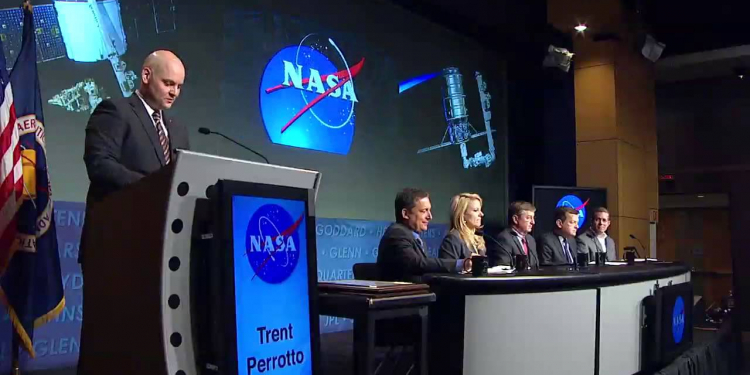The FINANCIAL — An accurate estimate of the total amount of water in Jupiter’s atmosphere has been mystery for scientists for decades. These are the first findings on the gas giant’s abundance of water 1995 Galileo mission.
When NASA’s Galileo mission visited Jupiter in the 1990s and began its descent, the spacecraft’s data was expected to solve a puzzle for scientists. They wanted to know how much water was present in Jupiter’s atmosphere. Enter NASA’s Juno mission, which launched in 2011 and began conducting scientific flybys of the planet in 2016. Scientists have used data from the first eight flybys to determine the amount of water in Jupiter’s atmosphere at the equator, according to a new study, CNN reported.
NASA’s Juno mission has provided its first science results on the amount of water in Jupiter’s atmosphere. Published recently in the journal Nature Astronomy, the Juno results estimate that at the equator, water makes up about 0.25% of the molecules in Jupiter’s atmosphere — almost three times that of the Sun. These are also the first findings on the gas giant’s abundance of water since the agency’s 1995 Galileo mission suggested Jupiter might be extremely dry compared to the Sun (the comparison is based not on liquid water but on the presence of its components, oxygen and hydrogen, present in the Sun), NASA wrote.
A rotating, solar-powered spacecraft, Juno launched in 2011. Because of the Galileo probe experience, the mission seeks to obtain water abundance readings across large regions of the immense planet. A new kind of instrument for deep space planetary exploration, Juno’s Microwave Radiometer (MWR) observes Jupiter from above using six antennas that measure atmospheric temperature at multiple depths simultaneously. They initially concentrated on the equatorial region because the atmosphere there appears more well-mixed, even at depth, than in other regions. From its orbital perch, the radiometer was able to collect data from a far greater depth into Jupiter’s atmosphere than the Galileo probe — 93 miles (150 kilometers), where the pressure reaches about 480 psi (33 bar), NASA stated.
Because Juno discovered the deep atmosphere to be surprisingly variable as a function of latitude, it remains to confirm whether the equatorial abundance represents Jupiter’s global water abundance. The water abundance at the equatorial region is inferred to be 2.5+2.2−1.6×103 ppm, or 2.7+2.4−1.7 times the elemental ratio of protosolar oxygen to hydrogen (1σ uncertainties). If this reflects the global water abundance, the result suggests that the planetesimals that formed Jupiter were unlikely to have been water-rich clathrate hydrates, Nature Astronomy journal reported.
“Juno’s surprise discovery that the atmosphere was not well mixed even well below the cloud tops is a puzzle that we are still trying to figure out. No one would have guessed that water might be so variable across the planet,” said Juno principal investigator Scott Bolton. He added, Juno, which has been in residence at the gas giant since 2016, will continue to peel back the layers of Jupiter’s water mystery. “Just when we think we have things figured out, Jupiter reminds us how much we still have to learn,” CNET wrote.





























Discussion about this post